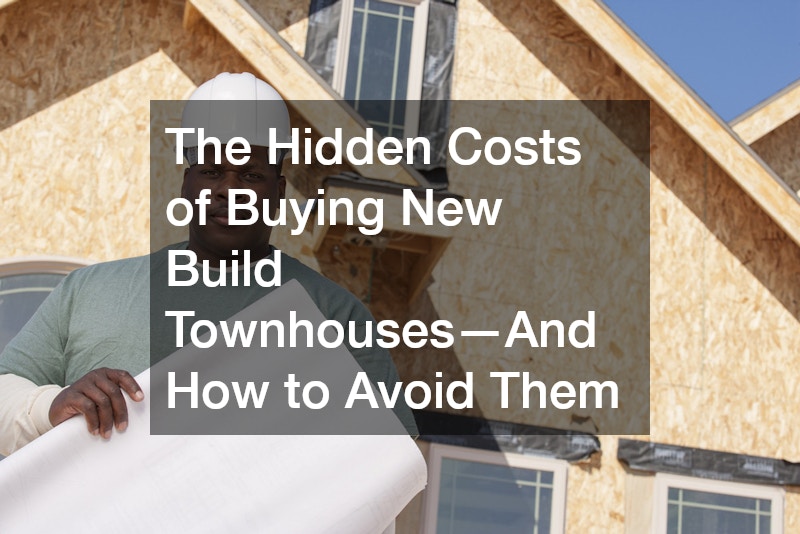
When it comes to homeownership, new build townhouses offer a tempting blend of modern design, energy efficiency, and low-maintenance living. From sleek open-concept floor plans to smart technology integration, these homes appeal to first-time buyers and down-sizers alike. But while everything may look fresh and flawless on the surface, many buyers fail to budget for the hidden costs that come with purchasing a new build townhouse. These unanticipated expenses can catch you off guard—and in some cases, end up costing thousands of dollars over time.
Some of the most common financial surprises include builder upgrades, homeowners association (HOA) fees, delayed move-in timelines, and essential add-ons that don’t come standard with many developments. Buyers are often so taken with the model home and the excitement of something brand-new that they overlook the fine print—and the extra line items that come with it. These hidden costs aren’t always advertised upfront and can vary widely depending on the builder and location.
Whether you’re searching through listings for property for sale or touring potential communities in person, understanding the real cost of buying new build townhouses is critical to making an informed decision. From move-in expenses and landscaping to necessary home modifications and warranty limitations, the true price tag can extend well beyond your mortgage payment.
This guide will break down the ten most common hidden costs associated with buying new build townhouses and offer practical advice to help you minimize or avoid them altogether. If you’re considering buying a brand-new home, this article will arm you with the insight you need to make sure you’re not caught off guard—and to help you protect your budget before, during, and after your purchase.
1. The Price Tag Beyond the Sale Price
One of the first hidden costs of new build townhouses is the long list of builder upgrades that aren’t included in the base price. Many buyers fall in love with the model home, only to find out that nearly everything from the light fixtures to the kitchen island is an upgrade. While the listing may place the home in your price range, the actual cost can rise significantly once you factor in these customizations.
For example, opting for upgraded flooring or cabinetry can add thousands of dollars to your bottom line. Builders often offer multiple packages, but even the “standard” finishes might not meet your expectations. When viewing property for sale , be sure to ask what’s included versus what’s an optional add-on.
Another easily overlooked cost? Appliances. Some builders don’t include refrigerators, washers, dryers, or even blinds. You’ll need to budget for these necessities or negotiate them as part of the sale.
To avoid financial surprises, ask for a full breakdown of what’s included in the base price and what isn’t. Request a copy of the upgrade list with itemized costs and decide what’s essential before getting swept up in the showroom. A little preparation can save you from stretching your budget too thin after closing.
2. Temporary Storage Solutions During the Move
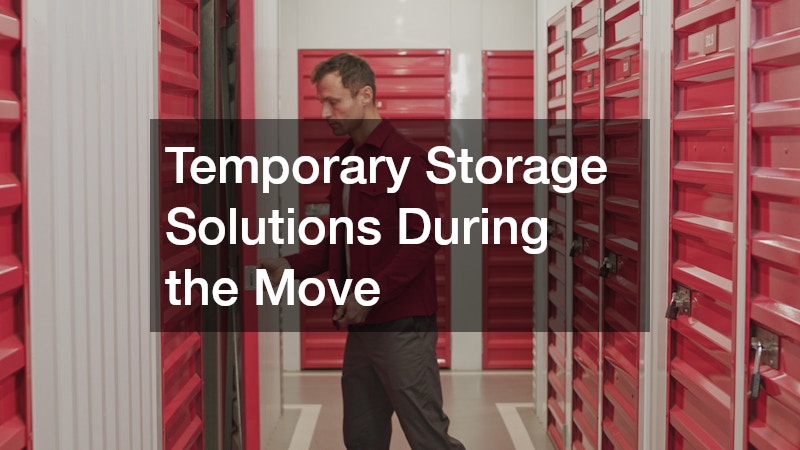
Delays in construction are common when purchasing new build townhouses. You might have sold your current home or ended your lease assuming the move-in date was firm, only to learn that your unit isn’t ready. In these situations, you’ll need a place to store your belongings—and temporary storage isn’t free.
Renting a new storage container for sale or short-term rental unit becomes a necessary, last-minute cost many buyers don’t anticipate. If your furniture or seasonal items need a home while you wait for final inspections or utility hookups, you could be looking at hundreds of dollars in unexpected rental and transport fees.
To protect yourself, ask the builder about potential delays and build in a time buffer between your move-out and expected move-in dates. If the closing date changes, make sure you have a storage plan and budget in place. Some moving companies also offer temporary storage solutions, so consider bundling services if you’re working with a local moving company for your relocation.
By preparing for storage needs ahead of time, you can avoid last-minute panic and overspending while waiting for your new home to be move-in ready.
3. Exterior Maintenance and Add-On Services
One major oversight when buying new build townhouses is the cost of exterior upkeep. Many assume that buying new means skipping maintenance for years—but not everything outside is always included or covered. In fact, some builders don’t install critical features like gutters or stormwater solutions as part of the standard package.
Without gutter systems, you may find yourself needing local gutter guard installation shortly after moving in—especially in areas prone to rain or seasonal weather. Water runoff can cause damage to your siding, foundation, or landscaping, all of which you’ll have to pay out-of-pocket to repair.
Additionally, many townhomes require homeowners to maintain their small yards or patios. While minimal, this still involves buying equipment or hiring a service for landscaping, mowing, or basic upkeep. These added responsibilities and costs often come as a surprise to buyers who thought they were signing up for a maintenance-free lifestyle.
When evaluating a property, ask what outdoor features are included in the sale and whether the HOA covers any maintenance tasks. Get a clear idea of what you’re responsible for from day one so you can plan accordingly and avoid ongoing surprise expenses.
4. Flooring That Needs Immediate Upgrades
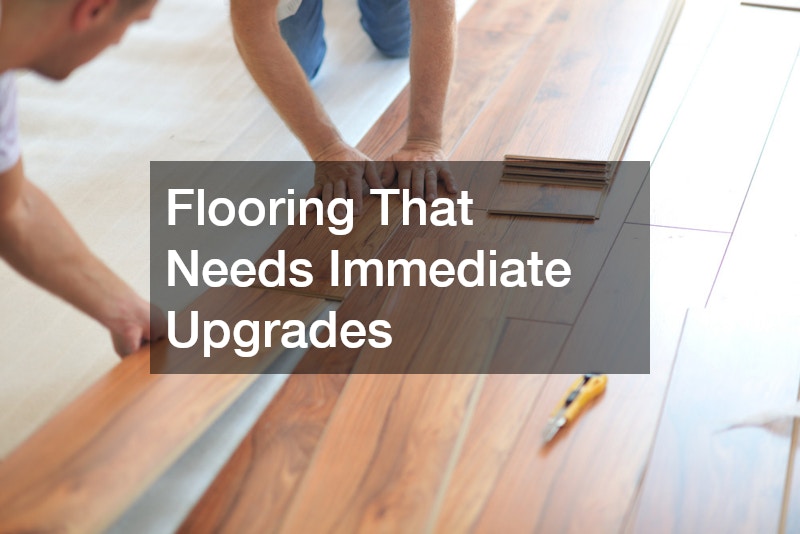
While your new build townhouses might look picture-perfect, not all materials used in construction are top-tier. One example: flooring. Many builders use basic carpeting or vinyl in common areas to cut costs, which may wear down quickly—especially in high-traffic zones.
Replacing or upgrading flooring post-purchase is a significant expense. For homeowners planning to use a space for business, like a garage workshop or home gym, specialized surfaces such as commercial epoxy floorings may be necessary. These floors offer durability and easier maintenance but come with a much higher price tag than the default option from the builder.
If you know you’ll be replacing the builder-grade flooring anyway, try to negotiate a credit or see if the builder allows you to make those changes during construction rather than after move-in. It’s often more cost-effective to install the desired materials before furniture is in place.
Planning ahead for flooring that matches your lifestyle can help avoid duplicate costs and reduce labor fees in the long run.
5. Privacy Features and Security Enhancements
New build townhouses are often constructed in dense developments, which means shared walls, close neighbors, and minimal privacy. It’s common for new homes to come without fences, leaving you exposed to communal spaces or sidewalks. Installing a barrier can be essential—but it isn’t cheap.
Many owners turn to wooden fence builders to add a privacy fence around their patios or backyards. Depending on materials and layout, this addition can range from a few thousand to over ten thousand dollars. If the HOA has specific requirements about height or design, you might be limited in your choices or face additional approval fees.
Security systems are another out-of-pocket cost. Rarely included by default, these systems are a must-have for homeowners concerned with safety. Smart doorbells, cameras, or whole-house systems add to your total investment.
Always factor in the cost of fencing and security when calculating the true price of ownership. You may need to install these within the first few months of moving in to feel truly at home.
6. HOA Fees and Limitations
Many new build townhouses are part of master-planned communities or developments governed by homeowners associations. While HOA fees are often disclosed, the scope of those costs can be misleading.
HOA dues may start low to attract buyers but can increase after the development is completed. Some fees cover basic landscaping or exterior maintenance, while others include access to amenities like pools and gyms. However, many don’t include things like pest control, pressure washing, or roofing maintenance.
If the builder hands over control to the HOA after most units are sold, expect possible hikes in fees as the community takes on more responsibilities. It’s important to ask for a copy of the bylaws and budget to understand how these fees may change.
Some associations also restrict what you can do to the exterior of your home—including paint colors, fencing, or even window treatments. While these limitations may keep the neighborhood looking uniform, they can also prevent you from making practical or necessary changes.
7. Post-Construction Cleaning and Curb Appeal
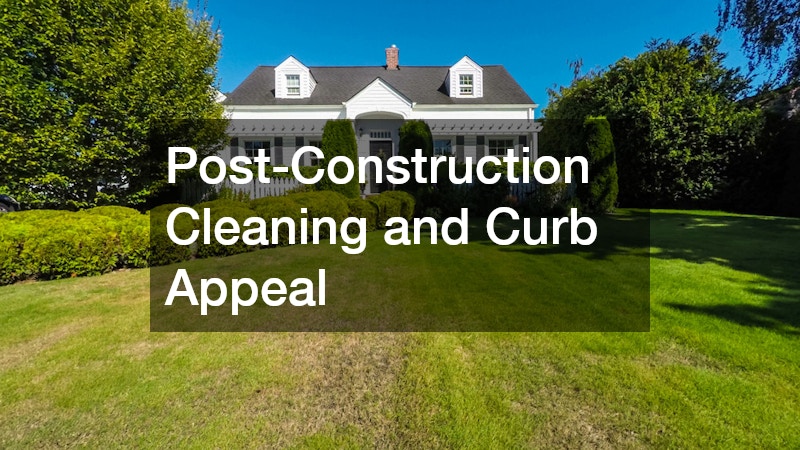
Even if you move into your new build townhouses the day after closing, you’ll likely need a deep clean. Construction dust, window smudges, and leftover debris can all remain long after the builders have left. And when it comes to the exterior, curb appeal doesn’t come automatically.
A professional house washing service may be necessary to clean siding, concrete, and other outdoor surfaces. New homes can look surprisingly dingy if construction dirt isn’t fully cleaned off, and pressure washing helps remove stubborn grime builders may have ignored.
Landscaping is another commonly excluded item. While the front yard might be sodded, backyards are often left bare. You’ll need to invest in plants, mulch, or irrigation depending on your climate. Even simple upgrades like pavers or gravel paths can add hundreds of dollars.
Plan for initial cleaning and outdoor beautification as part of your total move-in costs. This ensures your new home feels finished, both inside and out.
8. Neighborhood Amenities That Aren’t Move-In Ready
Amenities are a big draw for many new build townhouses—especially when developers promote features like pools, parks, gyms, or even a boat dock . But just because they’re advertised doesn’t mean they’re operational when you move in.
In many developments, amenities are phased in after a certain number of units are sold. You may find yourself paying HOA dues for months or even years before the promised features are available. This creates a disconnect between expectations and reality—and may delay your ability to fully enjoy the community.
Before committing, confirm timelines for amenity completion and request written confirmation in your sales contract. If certain features are essential to your decision, you’ll want a clause ensuring their delivery. If you’re expecting to launch your kayak from the neighborhood dock but it’s still under construction, that could be a major letdown.
Being proactive during the buying process can help you hold the builder accountable for what was promised—so you’re not just paying for a lifestyle that doesn’t yet exist.
9. Uncovered Repairs After Warranty Expiration
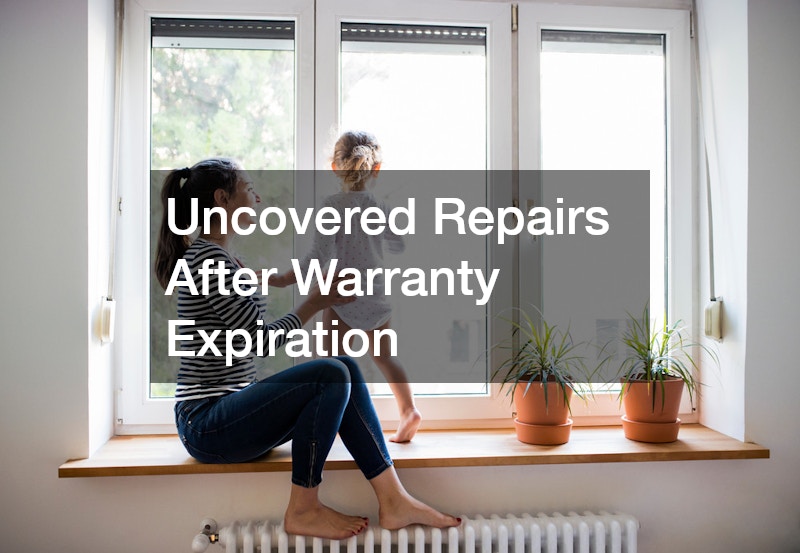
New doesn’t always mean perfect. While most new build townhouses come with builder warranties, those protections have strict limits—both in time and in scope. Once that warranty expires, you’re responsible for all repairs.
Issues with plumbing, HVAC, roofing, and foundations can arise sooner than expected. And if a builder used low-cost materials or rushed through construction, things might break down faster than you planned. For example, something like a pool leak in communities that offer shared or private pools may require swimming pool repair , and not all warranties will cover it after the first year.
Be sure to read the fine print of any warranty provided. Ask about what’s covered and how long each element is protected. Consider hiring a third-party inspector to catch any issues early—before your warranty expires.
Preventative maintenance and early inspections can help you avoid major expenses, but only if you act quickly. Don’t assume your new home is flawless; verify everything.
10. Move-In Costs That Add Up Quickly
Once you’ve closed on your new build townhouses, the real costs begin. From purchasing window coverings to setting up utilities and replacing builder-grade hardware, many buyers spend thousands of dollars making the home livable.
Even simple tasks like mounting TVs, installing shelving, or swapping out light fixtures can add up fast. Unless you have the time and tools to handle this yourself, you’ll need to hire professionals.
While some people tackle these projects on weekends, others prefer to outsource—and that’s where costs spike. These “hidden” finishing touches rarely make it into the original budget but are part of every homeowner’s reality.
Buyers often focus on the mortgage and forget to account for all the additional expenses that come in the first few weeks. Budgeting for these finishing tasks from the beginning will help reduce stress and make the home feel complete much sooner.
Buying into new build townhouses is an exciting journey—one filled with the promise of modern amenities, fresh finishes, and a blank canvas to make your own. But behind that new construction smell are a host of hidden costs that can add thousands of dollars to your overall investment. From storage solutions and flooring upgrades to delayed amenities and exterior maintenance, the expenses don’t stop once you’ve signed the paperwork.
Each phase of ownership introduces new needs. You might require a local moving company just to transition into your unit. Custom home builders might be needed to personalize an unfinished space. You could even end up working with wooden fence builders , hiring a house washing service , installing a boat dock , or scheduling swimming pool repair just to keep up with the demands of a brand-new home. On top of that, hidden upgrade fees, HOA regulations, and unexpected repairs often catch first-time buyers off guard.
The best way to prepare? Ask questions early and often. Get every detail in writing, read through all builder agreements, and budget for more than just the sticker price. If you treat the home as a long-term investment—not just a shiny new place—you’ll be better positioned to handle every phase of ownership.
Understanding the true costs of new build townhouses doesn’t have to be overwhelming. With careful planning and a realistic budget, you can sidestep financial stress and settle into your new home with peace of mind and confidence.
